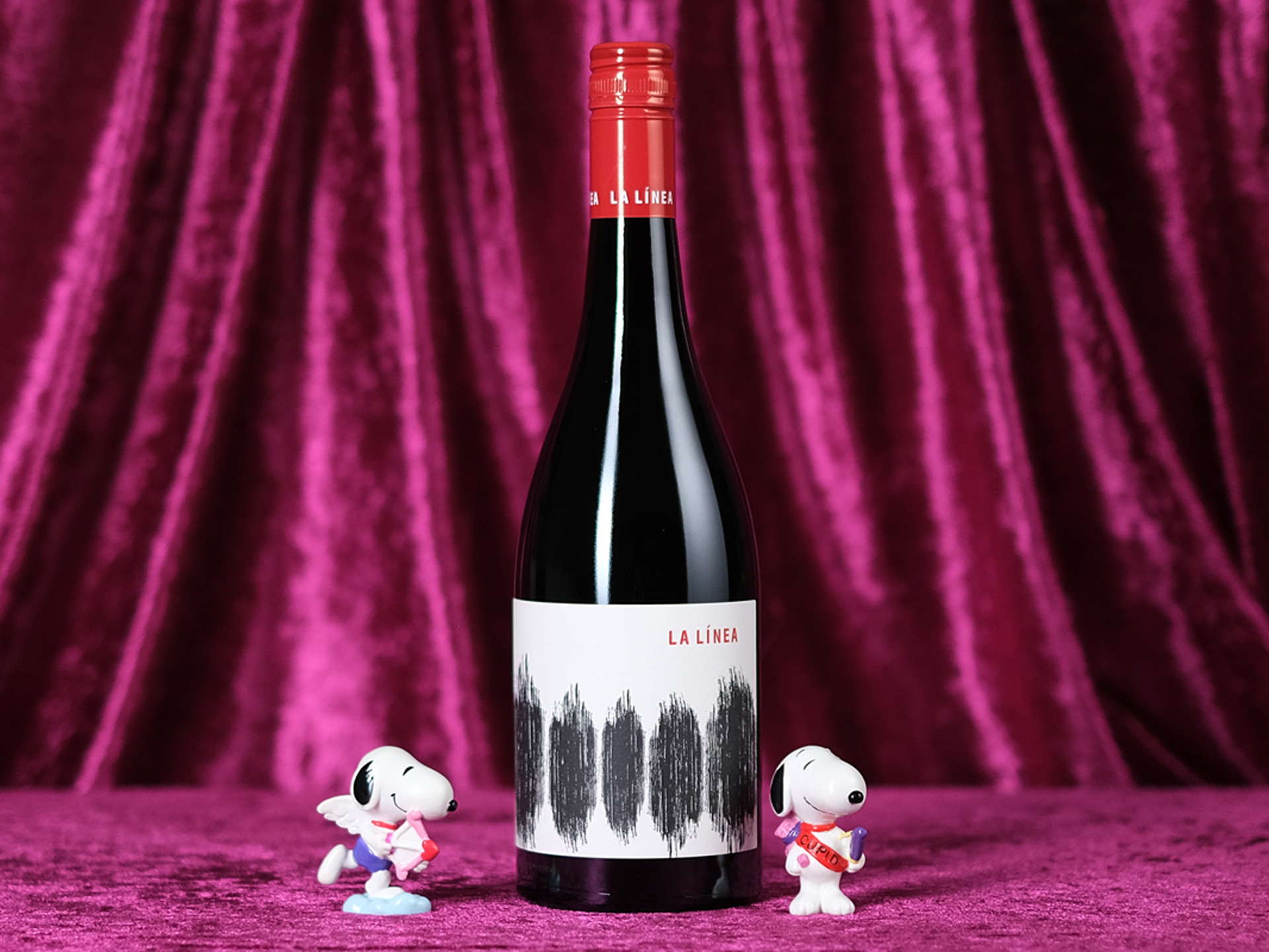David LeMire and Peter Leske’s La Línea first made its name with tempranillo, but they’ve also been making mencía from their Lenswood vineyard since 2016 – the equal oldest producer of red wine from the grape in this country. This has a classic lift of red and blue florals, lifting over succulent red and black fruits, with a palate of silky suppleness matched with crunchy freshness.
Tasting note
A whiff of smoky reduction blows off in the glass to reveal layers of red and black fruits, berries, plums and cherries, with blueberries, violets, rose petals and a graphite mineral note overlaying. The palate really opens with air, revealing an elegant but succulently flavourful and sweet-fruited palate, with fresh raspberries and blackberries featuring heavily, silky tannins playing through the supple but brightly fresh finish.
Themes of this wine
Mencía
Largely grown in Spain’s north-west, Bierzo is the best-known region for the grape, with Ribeira Sacra, Valdeorras and Monterrei claiming the rest of the fame, while it is also grown in Portugal’s Dao Valley where it likely originated. Producing mainly middleweight reds, mencía is a very distinctive grape, generating wines that are marked mainly by red fruits, though often some black, with spice and powerful floral aromas. It is also a grape that readily conveys the mineral flavours of site. With supple texture and fine tannin, it is sometimes compared to pinot noir and gamay, but with a combination of cherries, ripe wild berries and dusky red floral notes, the flavour expression is unmistakably different.
Adelaide Hills
There is arguably no more creatively fertile wine region in Australia right now than the Adelaide Hills. The push to plant vines in the Hills was led by some of Australia’s most established and famous names – Croser, Henschke, Shaw and Smith, Knappstein, Weaver – and while they are all still very much major players, the Hills has also been a hotbed for the avant-garde – Lucy Margaux, Ochota Barrels, Unico Zelo, Commune of Buttons, BK Wines etc. – and the cradle of the natural wine movement in this country. The first foray into the Hills was very much built around chardonnay, pinot noir, sauvignon blanc and, to a lesser degree, riesling. After some early excitement, pinot noir was eclipsed by chardonnay, both for plantings and perceived quality, as it was by sauvignon blanc, which is now the most planted variety – red or white. Pinot gris has also found a meaningful niche there, as has shiraz, and it stakes a claim to the best territory for nebbiolo in the country, if plantings are currently limited.



